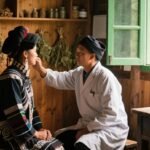Author: timtcm
Miao medicine-Xiutiaofang (Jaundice)
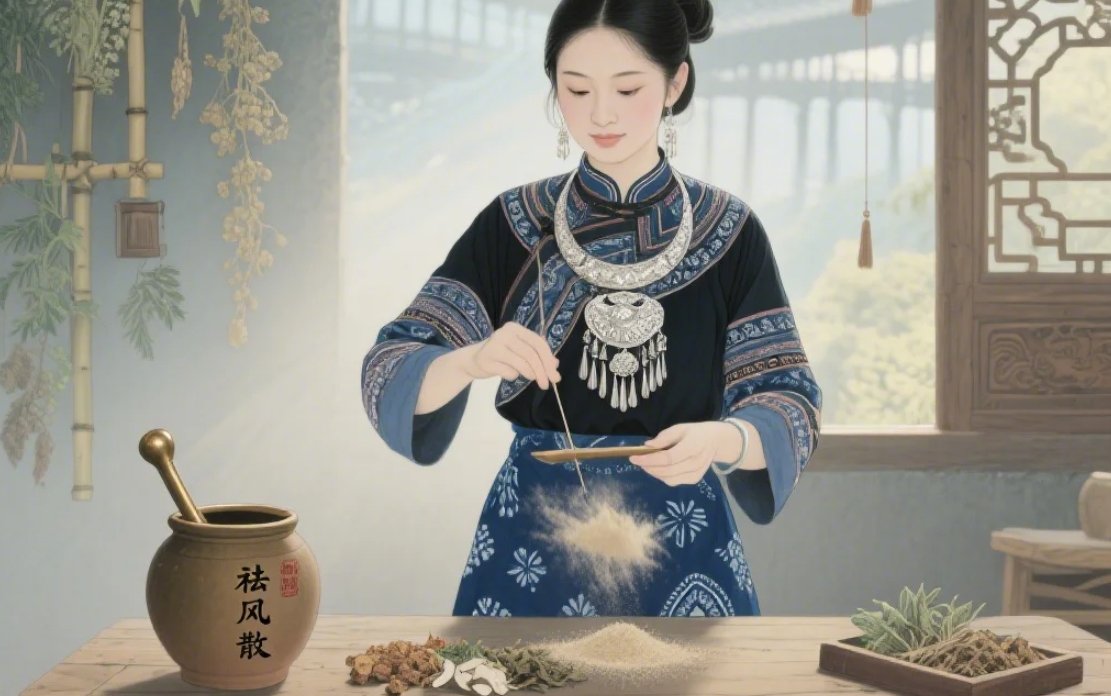
Xiutiaofang (Jaundice) [Overview]In Miao medicine, jaundice is referred to as Xiutiaofang, also known as Xingfang or Qiuxingfang. It is caused by the invasion of damp-heat pathogens, dietary irregularities, or excessive fatigue. The main pathogenic factors involve either external invasion or internal generation of dampness, which may manifest as either damp-heat or cold-damp patterns. The pathogenesis…
Miao medicine-Fenglepu·Lana (Pulmonary Consumption)
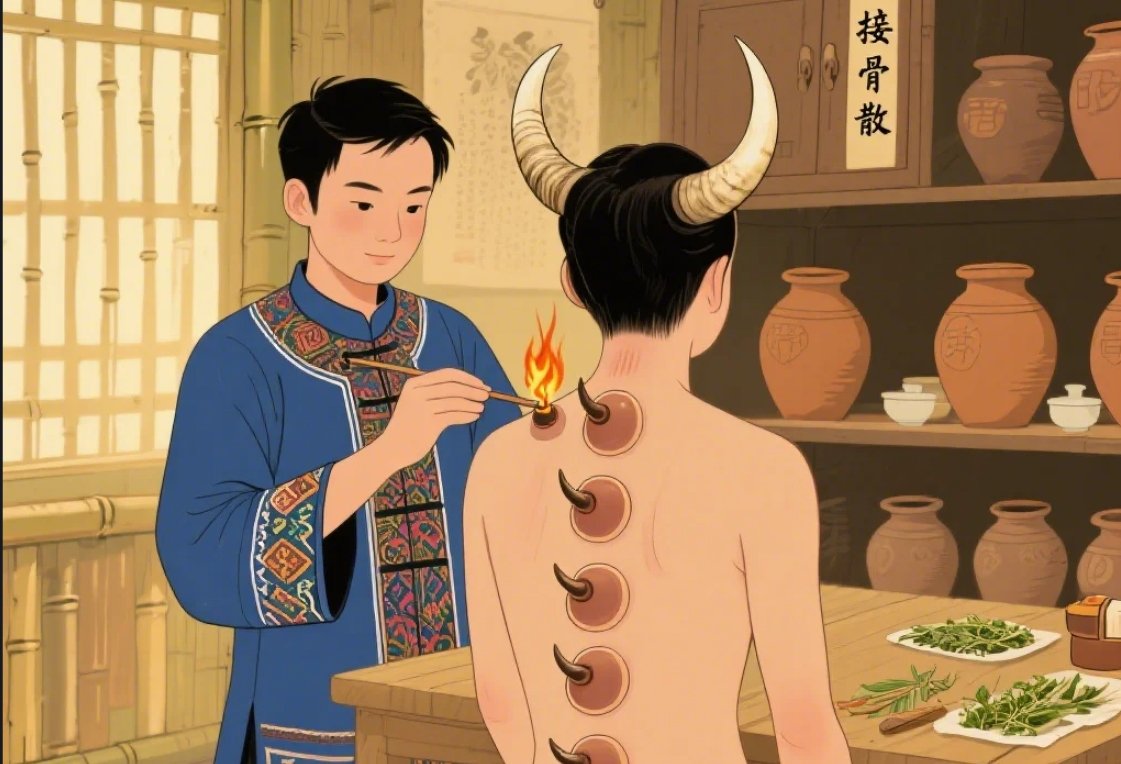
Fenglepu·Lana (Pulmonary Consumption) OverviewIn Miao medicine, pulmonary consumption is called Fenglepu·Lana, which includes Songruipao Puwu and Gaojia. Songruipao Puwu refers to pulmonary tuberculosis caused by chronic depletion of the lungs; Gaojia refers to a contagious lung disease. This chapter focuses on Gaojia.In Traditional Chinese Medicine (TCM), pulmonary consumption is a chronic wasting disease caused by…
Songruipao (Lung Abscess with Pus Formation)
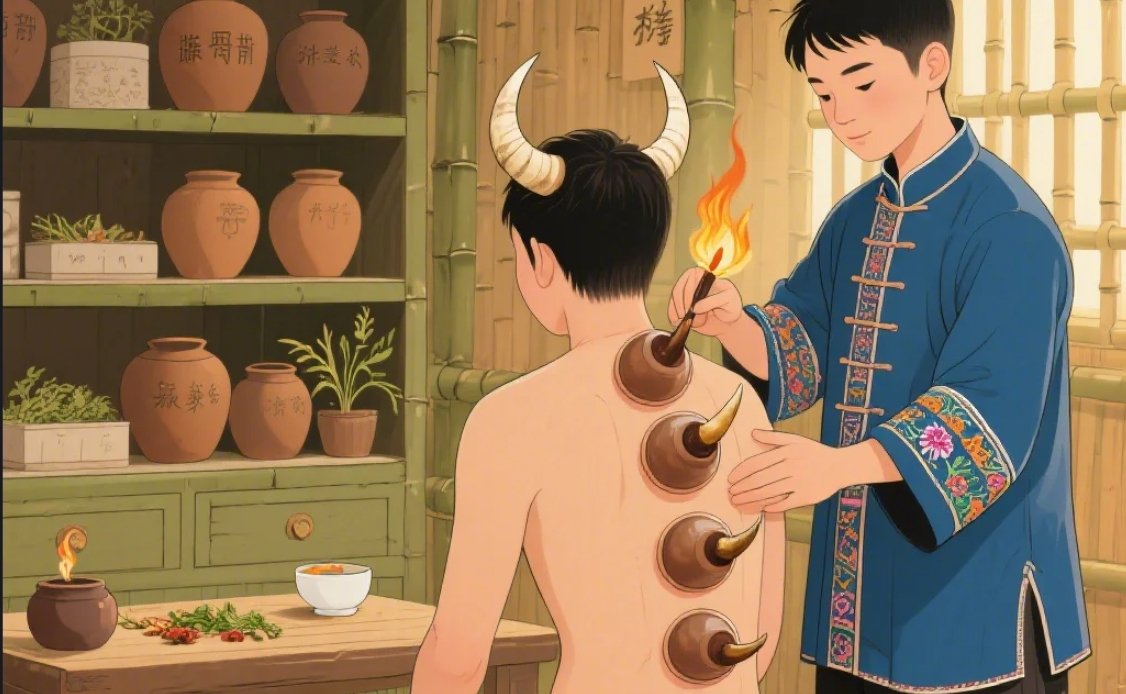
Songruipao (Lung Abscess with Pus Formation) OverviewIn Miao medicine, lung abscess is called Songruipao. The disease course includes three stages: initial stage of lung abscess, lung abscess with swelling, and formation of pus in the lung abscess.In Traditional Chinese Medicine (TCM), lung abscess refers to a syndrome in which toxic heat and blood stasis accumulate…
Miao medicine-An E A Luo You (Dyspnea Syndrome)
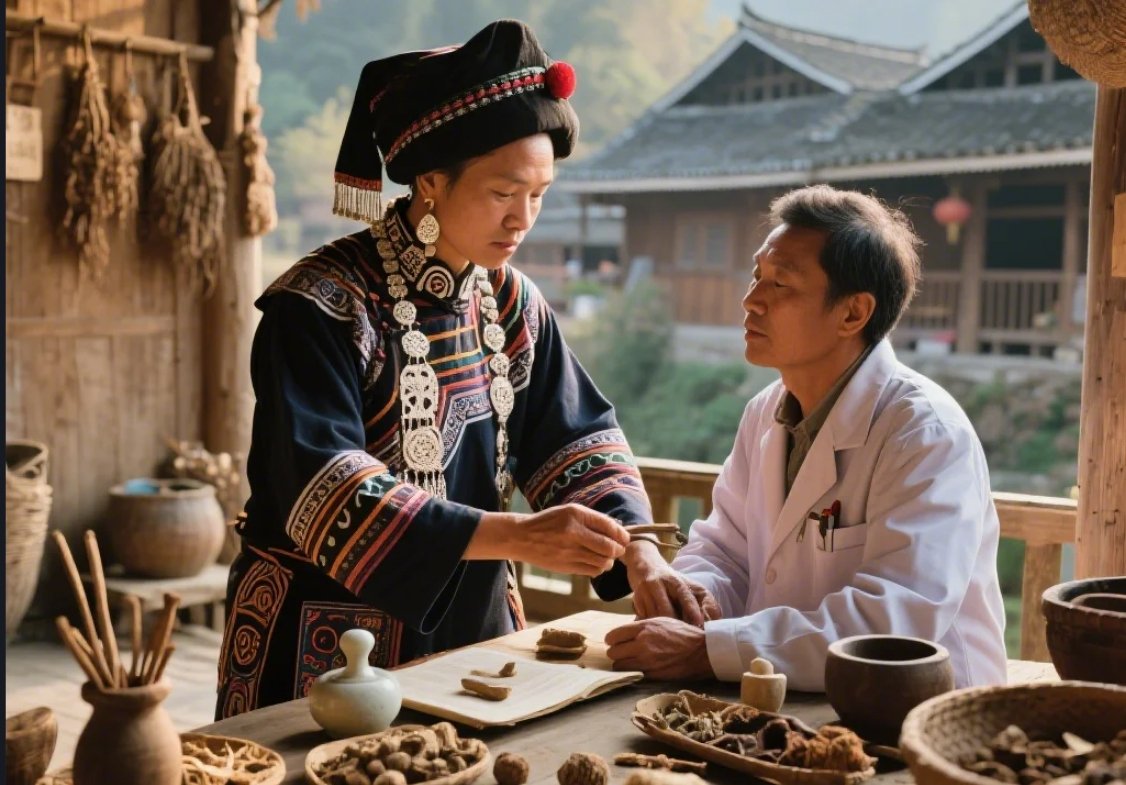
An E A Luo You (Dyspnea Syndrome) Overview In Miao medicine, dyspnea syndrome is referred to as An E A Luo You. The causes of this condition are diverse and complex, involving cold-related illnesses, phlegm-dampness, qi deficiency, and blood deficiency. It often results from the invasion of external pathogenic factors (wind, cold, dampness, heat), overexertion,…
Miao medicine-Anwo (Cough)
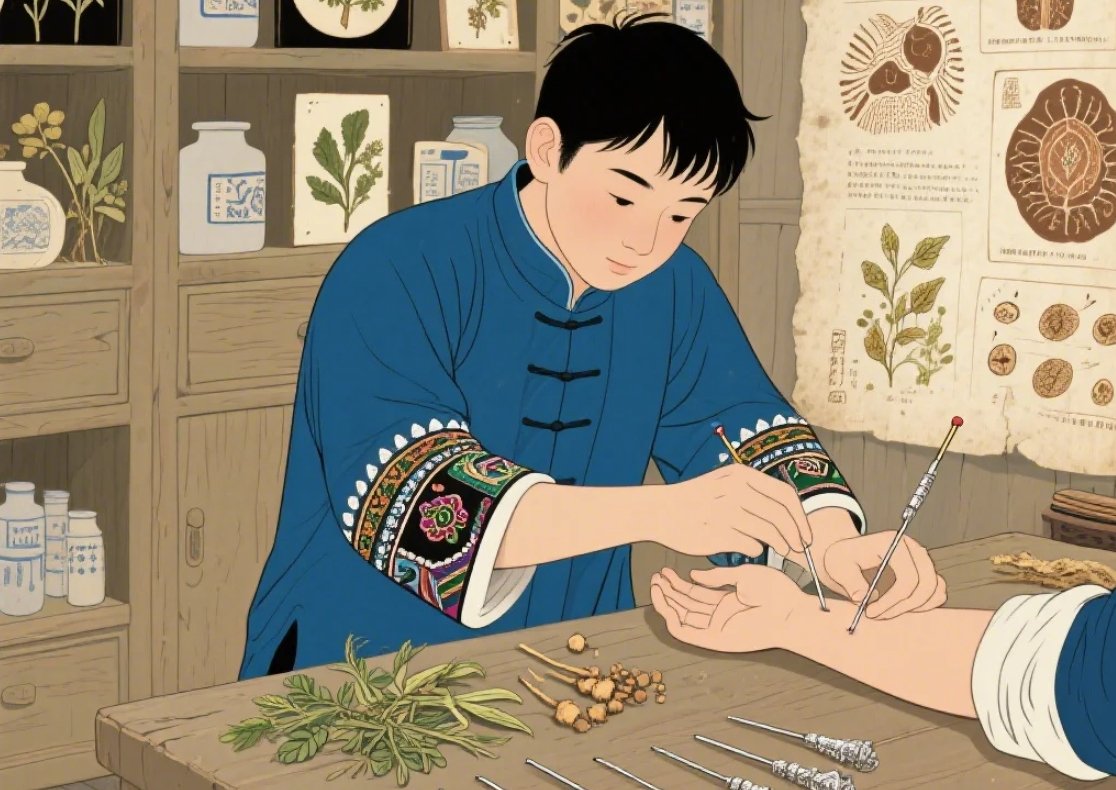
Anwo (Cough) In Miao medicine, cough is categorized into three types: Dahe (externally contracted cough), Jiyangying·Anwo (internally induced cough), and Fengle Pumeng·Anwo (lung-origin cough). I. Dahe (Cough due to External Pathogenic Invasion) OverviewIn Miao medicine, coughs triggered by external causes are referred to as Dahe. This condition arises when the lung qi ascends forcefully, producing…
Miao medicine-Guojing She (Common Cold)
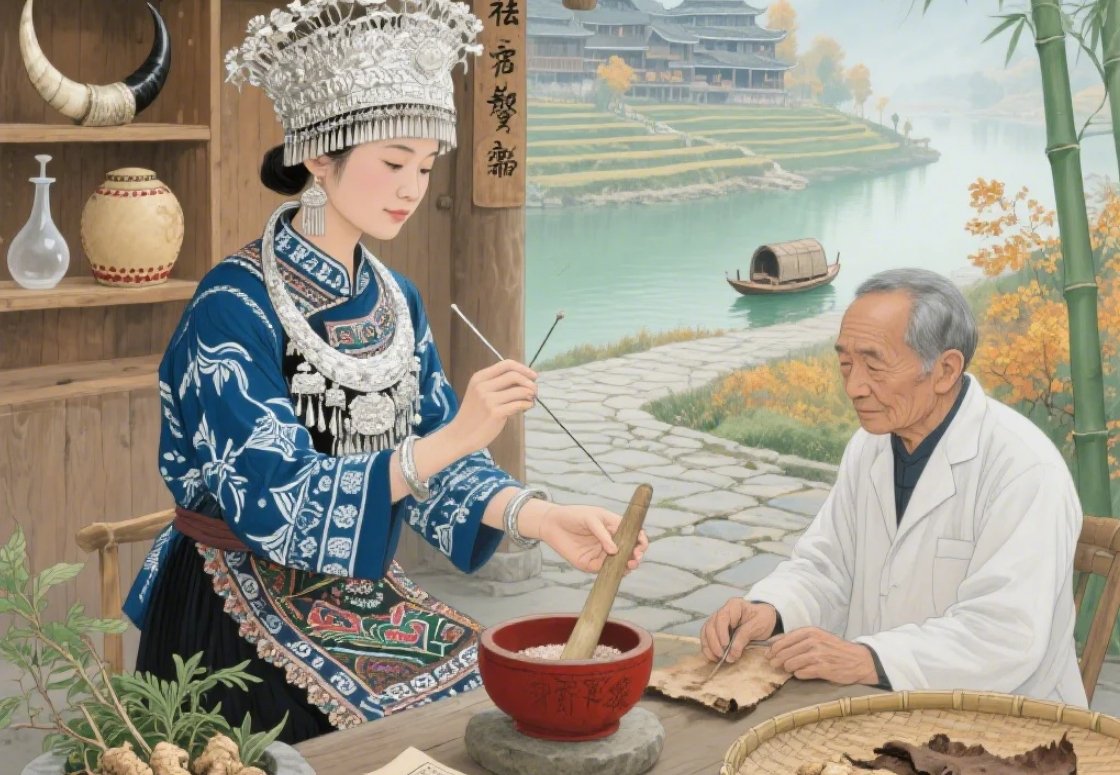
Guojing She (Common Cold) [Overview] In Miao medicine, the common cold is called Guojing She. Headache, aversion to cold, and alternating chills and fever all fall under this category. In Traditional Chinese Medicine, the common cold is an external contraction disorder caused by pathogenic wind invading the Wei exterior, characterized by nasal congestion, rhinorrhea, sneezing,…
Miao Medicine (Pulmonary Framework)
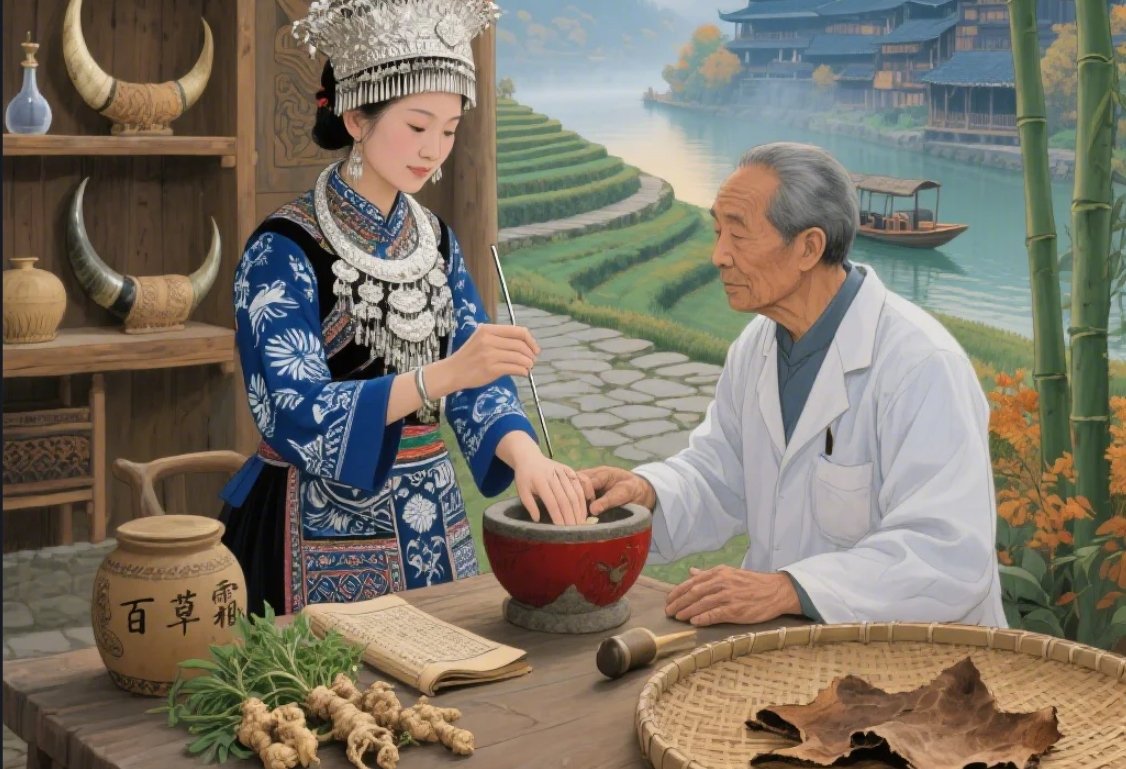
the pulmonary framework, comprises the lungs, trachea, pharynx, larynx, and nasal passages. Its primary function is to draw in pure qi from the external environment and expel impure qi, thereby regulating the circulation of qi and blood, generating the corporeal soul (Po), and preserving innate life essence. The pulmonary framework also interconnects with the skin,…
Miao Medicine (Diabetes Mellitus)
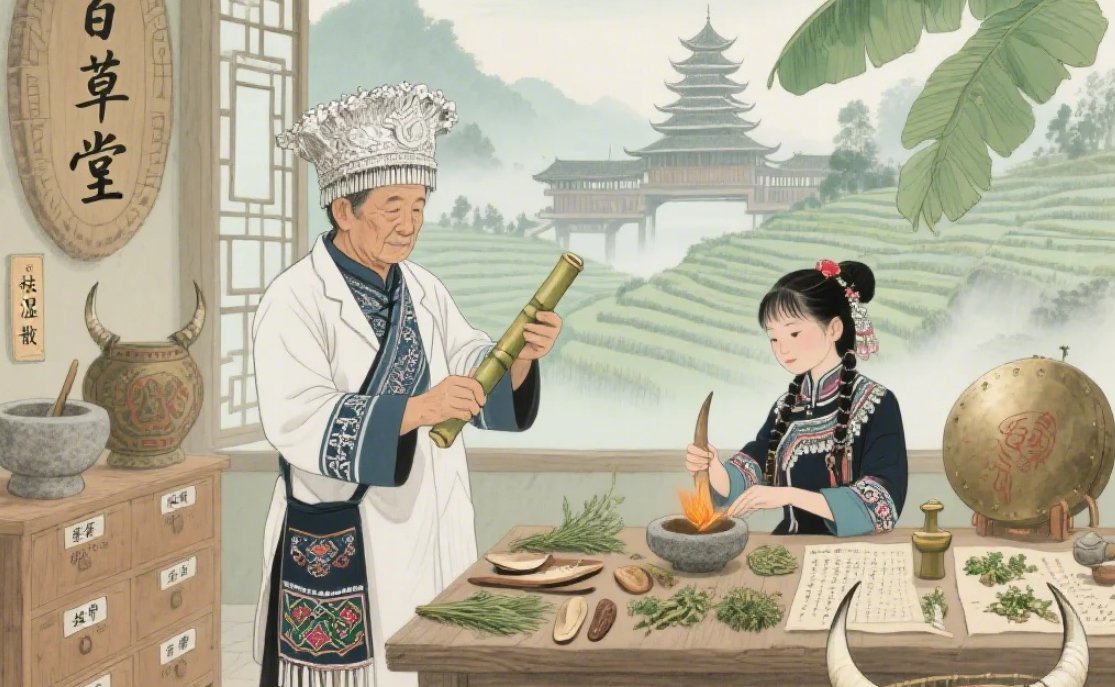
[Overview] In Miao medicine, diabetes is known as Ghangb lo1, also called Ke wo lo or Xinxin da. The name Ghangb lo1 literally refers to the phenomenon where a patient’s urine attracts ants when excreted on the ground—hence the colloquial terms “ant disease” or “sweet urine.” In Traditional Chinese Medicine, diabetes (Xiao Ke) is characterized…
Miao Medicine-Mongb Gek Gangb (Heart Obstruction)
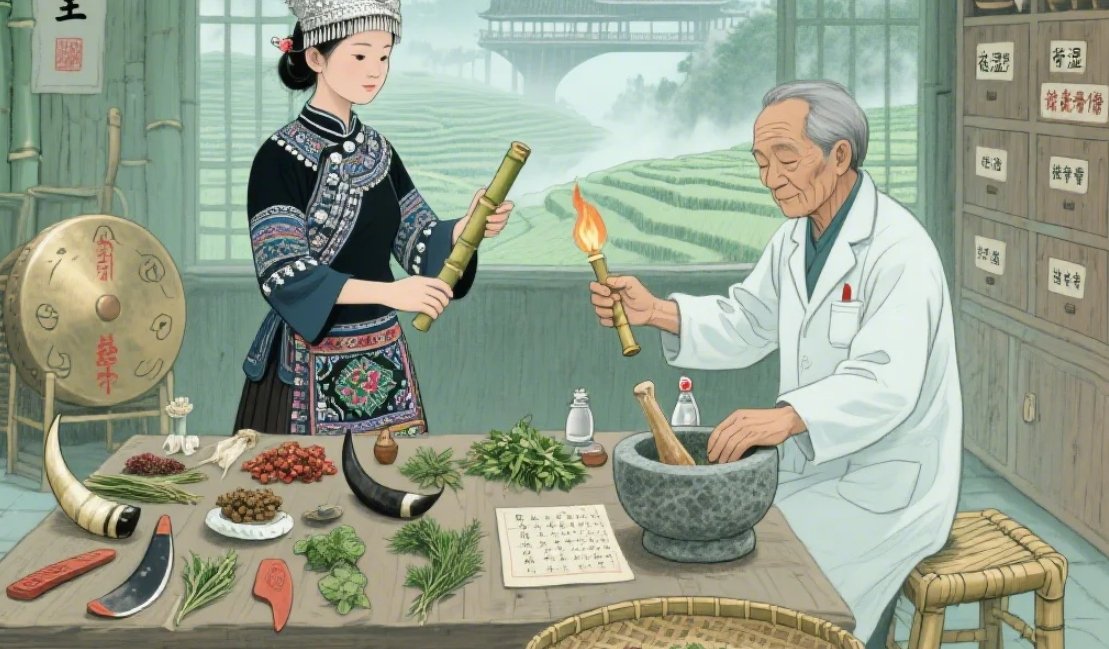
Mongb Gek Gangb (Heart Obstruction) [Overview] Miao medicine classifies “Mongb Gek Gangb” under heart obstruction. This condition arises when external toxins damage the body’s qi and blood, blocking the vessels and causing stagnation of qi, which leads to chest pain and palpitations. In Traditional Chinese Medicine, heart obstruction (xin bi) refers to the invasion of…
Lol hxangd jil (Falling Elephant Disease) – A Miao Term for Blood Syndrome
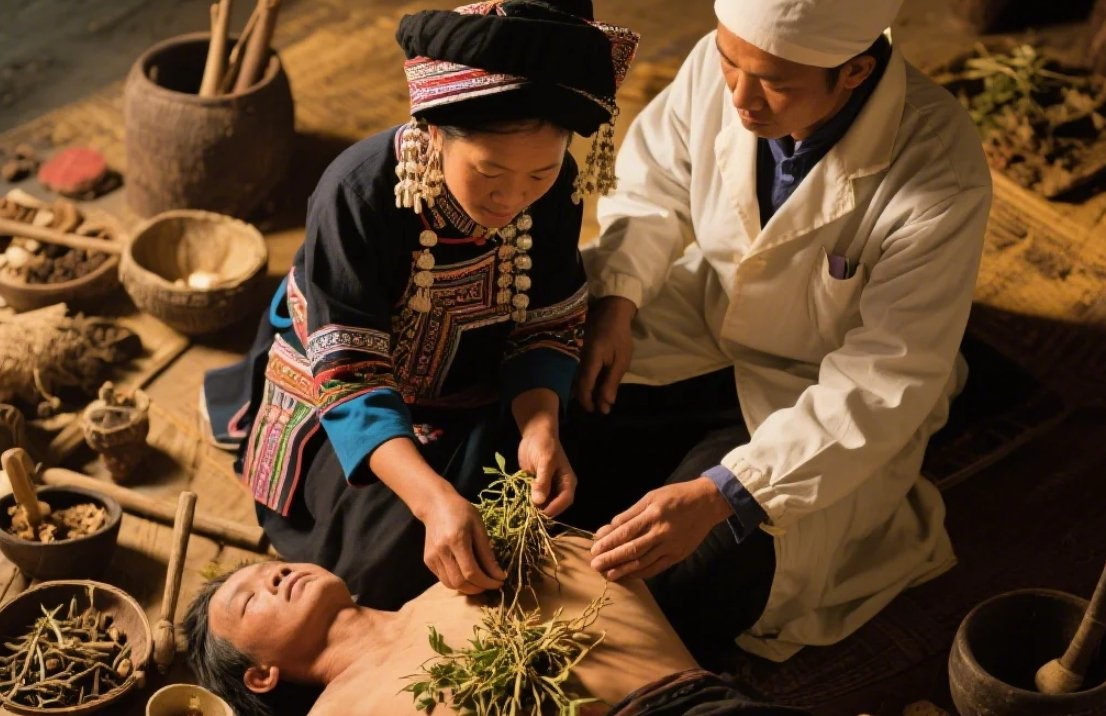
Lol hxangd jil (Blood Syndromes) OverviewIn Miao medicine, Lol hxangd jil refers to what is broadly classified as “blood syndromes,” meaning pathological bleeding from various parts of the body. This concept closely corresponds to what Traditional Chinese Medicine (TCM) also refers to as “blood syndromes.” In Miao medical theory, this is considered a major disease…
